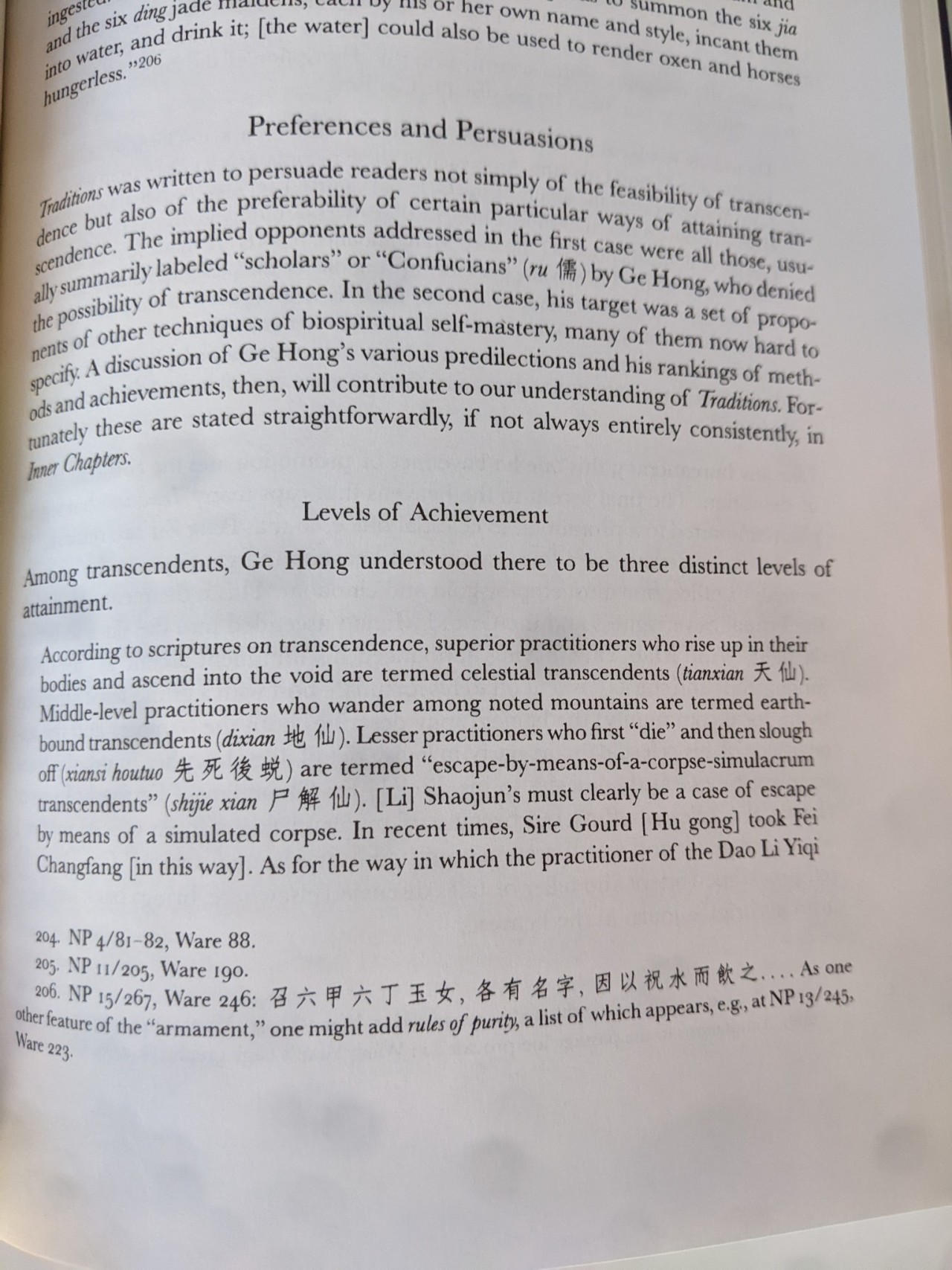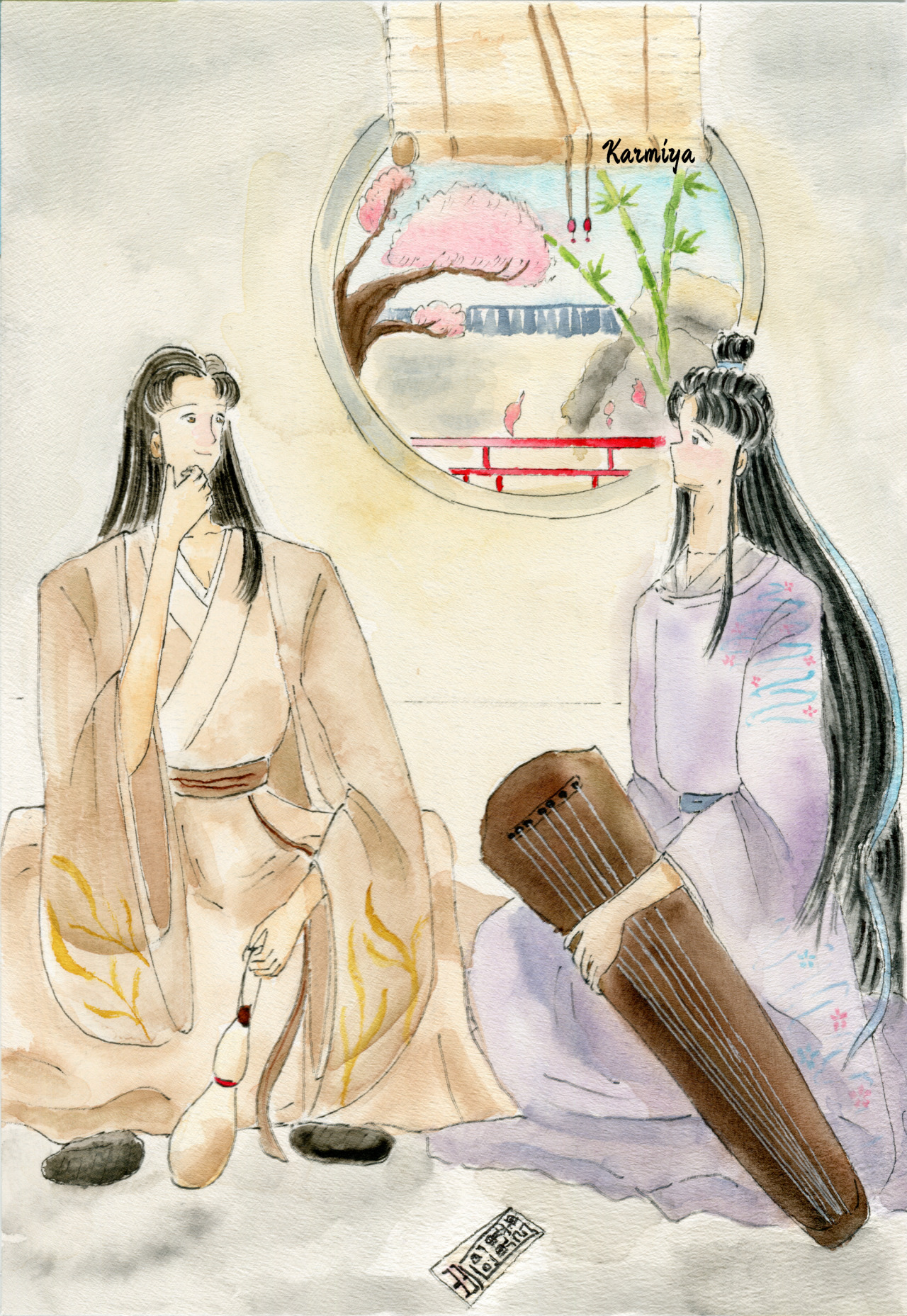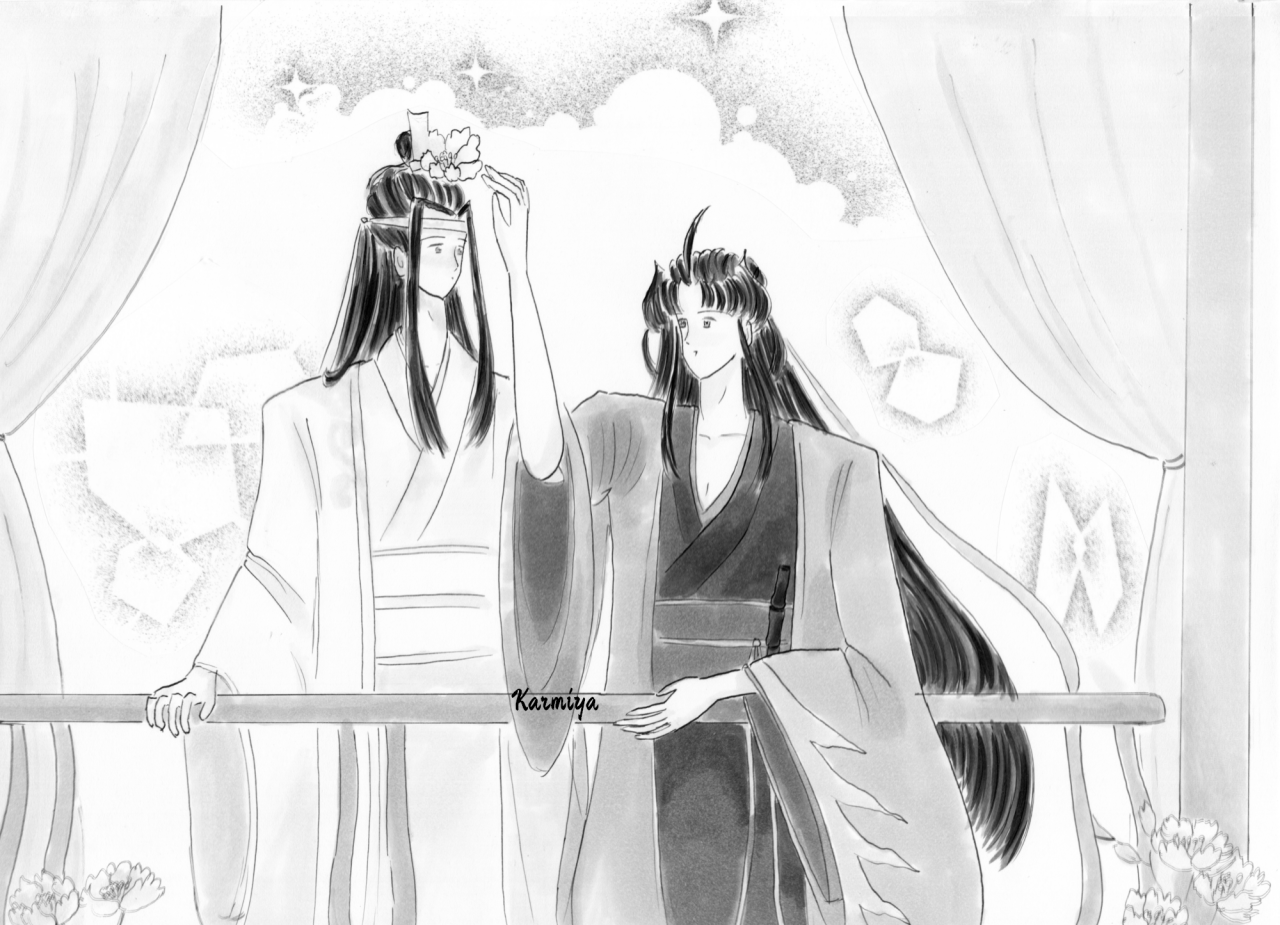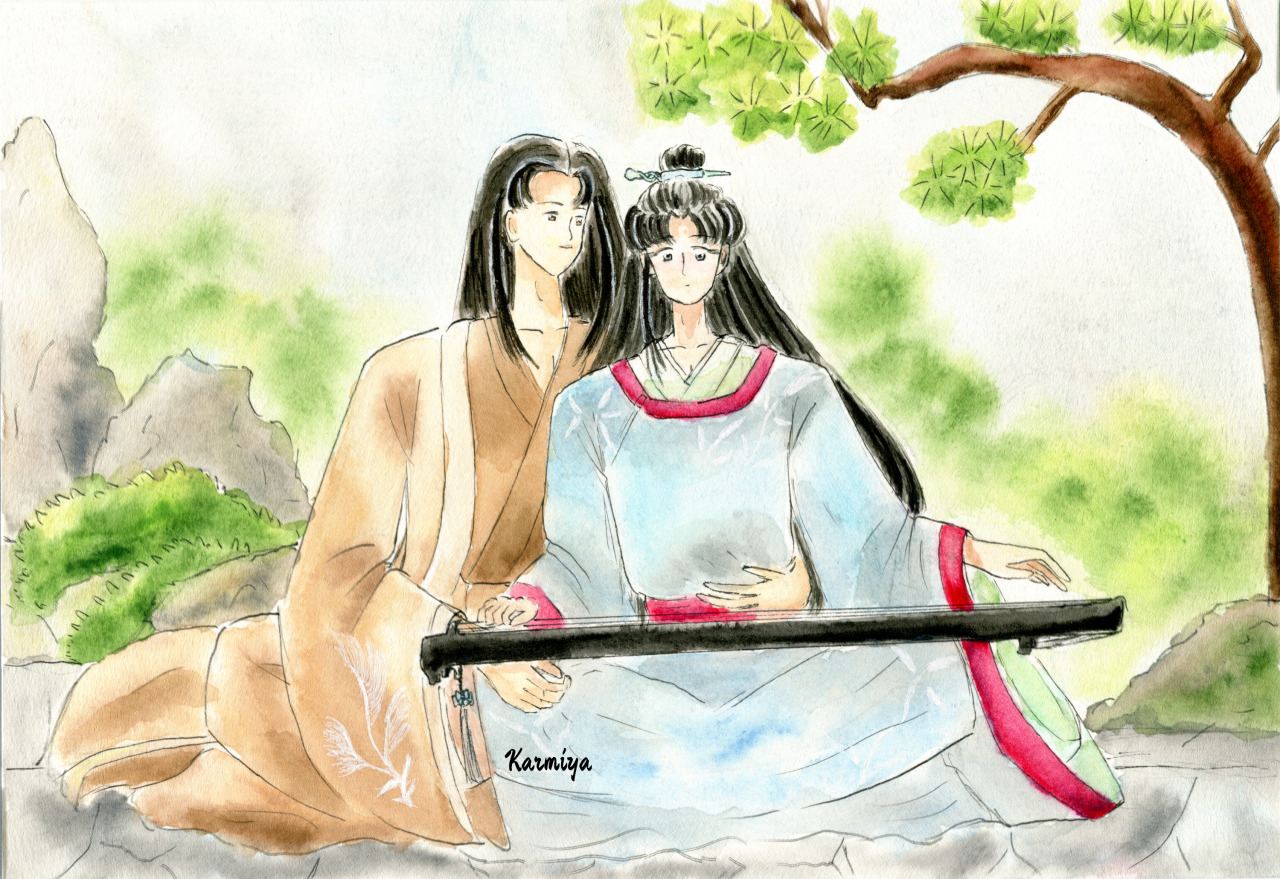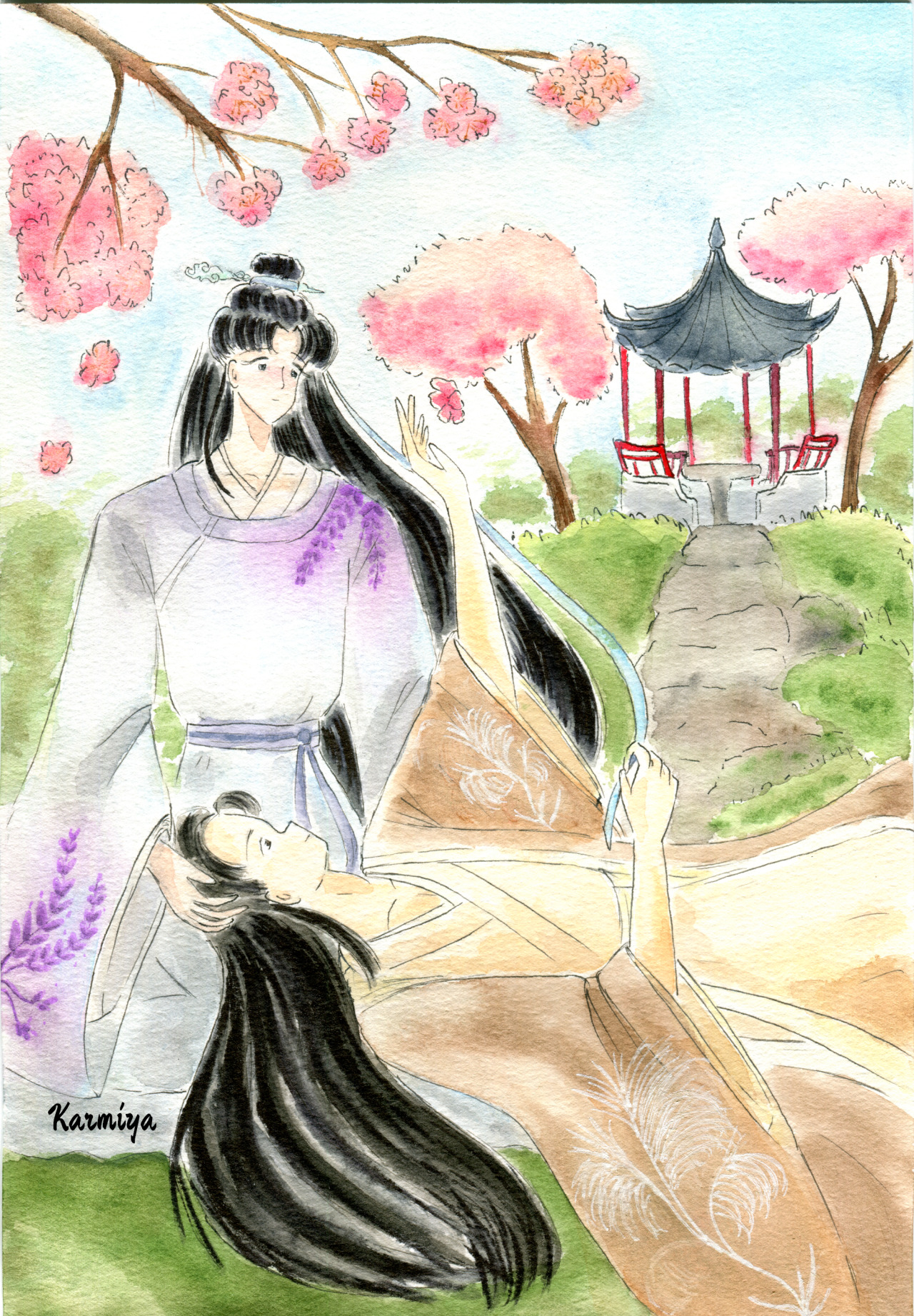I actually do a lot of research and am collecting what may one day be an entire bookshelf’s worth of reference books, so I thought I’d share one. This is my pride and joy, at least as far as research goes:
To Live as Long as Heaven and Earth is a translation of the Shenxian Zhuan, a series of biographies of Daoist immortals by Ge Hong. The (extensive) introduction by Professor Campany also includes a lot of the translator’s own research, drawing on various sources in order to provide a good overview of practices attributed to Daoists in common folklore. If you’re interested in the Xianxia and Wuxia genres and their origins, I think this is an invaluable English-language text. Its focus is entirely on traditional beliefs, but through it you can see just how much of the modern fantasy genre in China is based entirely on traditional folklore.
The images of talismans, for example, are extremely familiar to any viewers of modern fantasy dramas or donghua. These look very similar to the talismans we see in the Modao Zushi donghua, don’t they?
This is a really interesting little section describing levels of ascendance. It’s a lot simpler than modern novels with their million stages of core formation, isn’t it? (Though, to be fair, most novels I read are by authors who don’t care to get into that level of detail and focus on characters and storytelling, thank goodness!) The ‘tianxian’ sound a bit like heavenly officials in more recent stories, don’t they, whereas the dixian are regular immortal cultivators who still live on earth. The use of shijie (corpse simulacrums) meanwhile, seems to mainly be maintained as a means of faking one’s death, not as a means of escaping the notice of the officials of the underworld!
The main paths of immortality outlined in Ge Hong’s work are: internal cultivation, external cultivation (alchemy), the arts of the bedchamber, and diet. The first three are very familiar, but I’ve noticed that diet-based cultivation shows up much more rarely in modern stories. I can only immediately think of Ye Baiyi from Word of Honour, who begins to age again after descending from the mountains and imbibing mortal food once more.
One thing I found interesting is that most accounts of immortals flying either depict them doing so under their own power, or placing a talisman within a bamboo staff and flying on that (or sending some poor soul on a sudden trip across the country!). Flying swords seem to be a much more modern convention.
One thing that’s really amusing to me is how much energy the author (Ge Hong, not the translator) dedicated to poking fun at Confucius and Confucianism. Even though the three major religions eventually became known as the Three Teachings and are in modern terms viewed as very harmonious and complementary, historically there was often a huge amount of religious tension. Confucians and Daoists bickered with each other a lot, and then Buddhists got into the fray as well as Buddhism became more and more popular in East Asia. While Buddhism was present in China in Ge Hong’s time, it had yet to reach its later popularity; this is probably why Buddhism is barely mentioned in Ge Hong’s writing. There are a few indirect references and borrowings from Buddhist tales, and Professor Campany posits that some were intentionally used in competition with Buddhism, while others may have been added by later compilers/transcribers of the text who were Buddhists themselves.
A lot of Cnovels depict this sort of religious tension (Thousand Autumns is a good example), and it’s really interesting to see that in these translated historical texts. Even though there are plenty of texts I can’t get access to and/or wouldn’t be able to read in the original language, there is a huge amount of English-language and translated scholarship on Chinese history available. A lot of it is fascinating to read from a perspective of a fan of Chinese fantasy, since the genre draws so heavily on real history and folklore.


